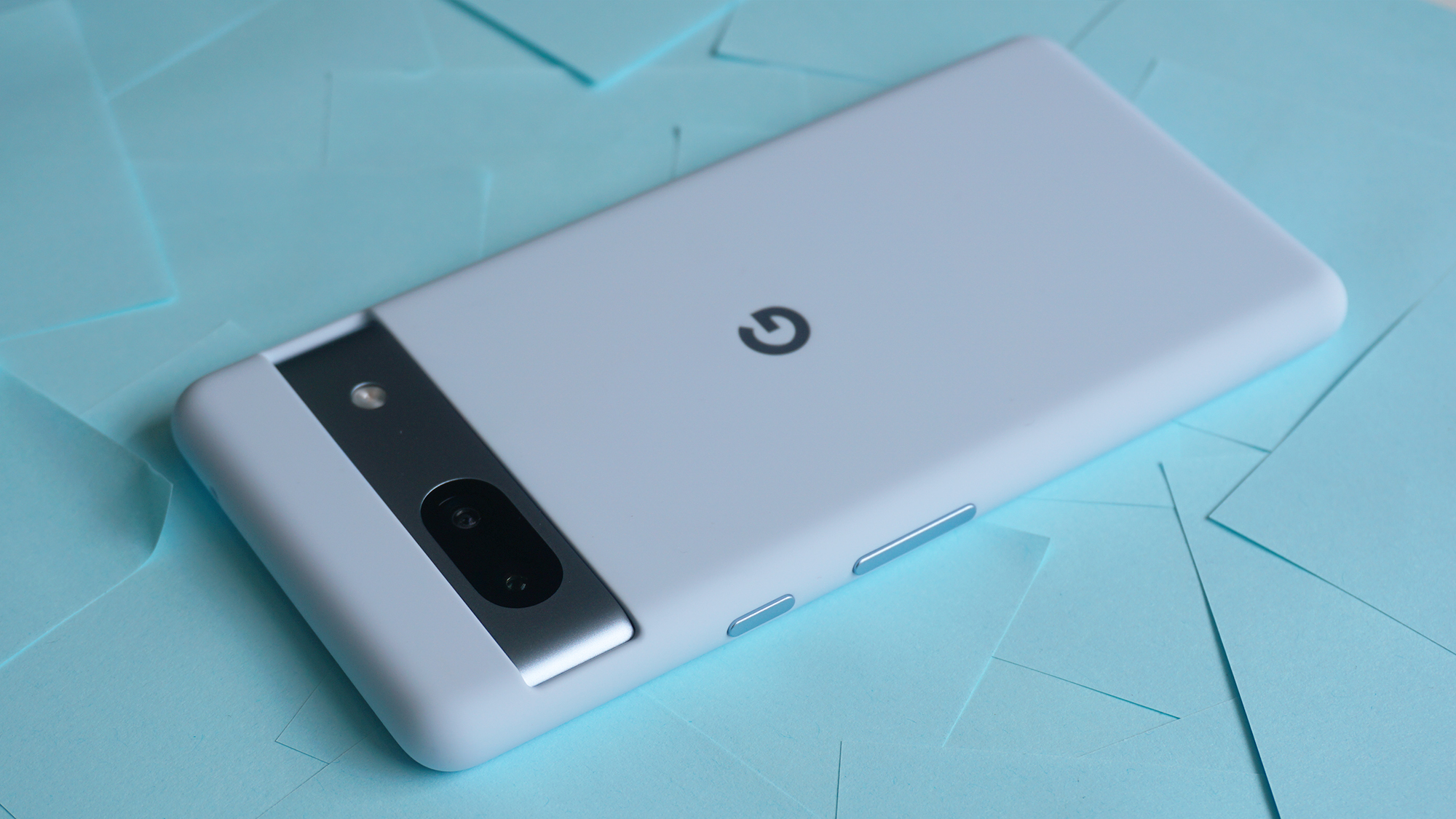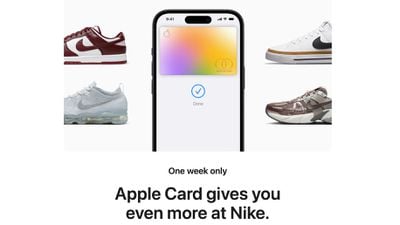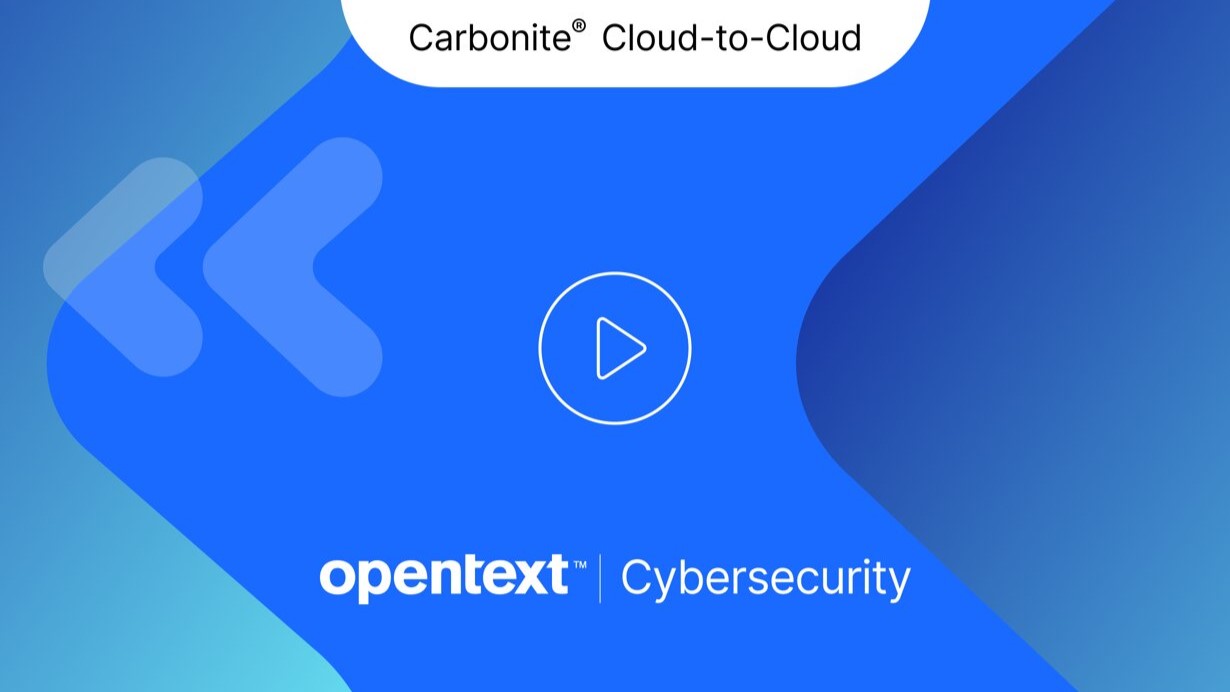FAQs
Is Carbonite free?
No, but Carbonite Professional plans include a 30-day free trial. During this period, you can use all the features of the service, including cloud backup for servers and up to 25 computers, hard drive, database & NAS backup, remote access to files, and 7-day customer support. If you decide its not for you, make sure to cancel before the 30-day trial period ends and you won’t be entered into your chosen billing cycle. Otherwise, you’ll simply start your chosen plan once your trial ends.
How much is a Carbonite subscription?
That depends on the plan you choose. You can sign up for personal and business plans, which each have a few different tiers to choose from. If you opt for Personal, you can select Basic, which starts from $95.99 per year, Plus, which starts from $131.99 per year, or Prime, which start from $161.99 per year. Meanwhile, the tiers of Professional plan are Core, which costs $287.99 a year, Power, which costs $799.99 per year, and Ultimate, which starts from $1299.99 annually. More advanced tiers include more advanced features, so double-check you’ll use all the add-ons before you select the more costly tiers, and shop the sales to save up to 75% off.
Is there a Carbonite mobile app?
Yes, Carbonite customers can download the app free from the Google Play or Apple App store. Simply sign in to your account once the app is installed, and you’ll be able to manage your cloud storage from your Android or iOS smartphone.
Can I contact Carbonite?
Yes, customers can access 7-day support by heading to the Carbonite website’s Contact page to find the support portal. Choose a specific topic to see more specific advice, including FAQs that should help solve your problem. You can also book a consultation with the sales team by using the dedicated form.
Hints and Tips
Catch the Carbonite sales: Like many tech retailers, Carbonite runs frequent sales through the year, which can offer as much as 75% off selected plans. You can expect promotions to run around popular holidays such as Black Friday and Christmas, but you’ll also see discounts coinciding with cyber-security specific holidays such as World Backup Day.
Pick the right tier of your plan: Carbonite offers Personal and Professional plans, but within both types there are different tiers. Personal plans include Basic, Plus and Prime versions, whilst if you’re looking for a Professional plan, you can choose from Core, Power and Ultimate. Each version offers different features – check that you need all the features of your chosen plan or consider opting for the tier below to save. This can knock as much as $50 off your monthly bill.
Use your free trial: Carbonite customers can access a 30-day free trial when they sign up for a Professional plan. Just choose your ideal plan, and you’ll be able to use all its features for the first 30 days before you’re charged your first monthly bill. Not sure its for you? You can cancel before the trial period ends to avoid committing to your plan.
How to use Carbonite Promo Codes
1) Look through the available Carbonite Promo Codes listed above.
2) Click “Get Code” next to the code you’d like to use and it will appear in a new tab.
3) Copy your unique code to your clipboard, then go back to your old tab to get to the Carbonite website.
4) Once you’ve chosen the cloud storage plan for you, you’ll be brought to the order summary screen.
5) Double-check the plan details, and click through to the checkout when you’re ready to order.
6) Sign in or create an account, then look for the field marked “Promo Code”.
7) Paste your code into the promo code field, then click “Apply”.
8) Your order total should change to reflect your savings and you can now place your order.
How we source coupon codes
Whether it’s through our affiliate networks, the depths of the world wide web, or our connections with big name brands, here at TechRadar we use every tool at our disposal to source the latest codes. Our coupons team updates each of our pages multiple times a week with the most recent deals, including exclusive coupons negotiated by our Commercial team. We also include the latest sales info directly from retailers to offer the most up-to-date discounts around.
How we test coupon codes
Each coupon you find on TechRadar has been tested before being uploaded by our dedicated Deals & Offers teams. You’ll see a range of offers, from free shipping to student discounts, with savings available on all kinds of products & services. To make sure every coupon is ready to use, we don’t list any user-specific or one-time codes.
We also include all relevant information about coupons, such as expiry dates and any terms & conditions, near the ‘Get Code’ button. You can see the details for an individual offer by clicking on the ‘Terms & Conditions’ text below the code and expanding the code area.
What to do if a coupon code doesn’t work
Although we do our best to ensure all listed codes are tried & tested, sometimes coupons expire or terms & conditions are changed before we can update pages. Our team works hard to make sure our coupons are active and work as intended, and should you encounter an issue when using one, we’ll work just as hard to help.
The best place to start is by checking the requirements. Click “View terms and conditions” to expand the code section and see any guidance on your chosen coupon. For example, you may need to meet a minimum spend, add other items to your basket to qualify for a multibuy offer, or confirm that your chosen code applies to the items in your basket (i.e. 10% off laptops).
If you’re still having issues using your code, you can email our customer service team on [email protected]. Include as many details as possible – such as which code you used and which coupon page it’s listed on so our team can address your issue as fast as possible.
How we make money
When it comes to coupons, TechRadar earns money via a commission-based model. For every brand we have a coupon page for, we’ve negotiated a deal that means we earn a percentage of total basket value in commission back from every order.
Using this model means we can offer our coupons to our customers free of charge. You won’t pay any fees to add your chosen coupon to your basket – you’ll simply pay the final order total once your discount has been applied.
If you want to find out more about TechRadar’s coupons pages, you can visit our dedicated page on How We Source Coupon Codes and How to Use Them for more information.






 April 18, 1996: Apple unveils a massive $15 million promotional tie-in for the Mission: Impossible movie starring Tom Cruise.
April 18, 1996: Apple unveils a massive $15 million promotional tie-in for the Mission: Impossible movie starring Tom Cruise.

